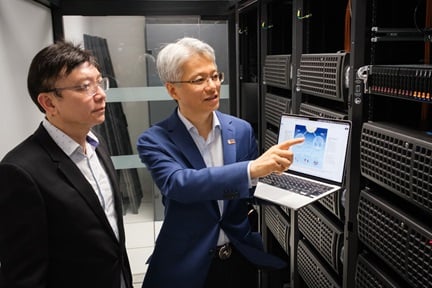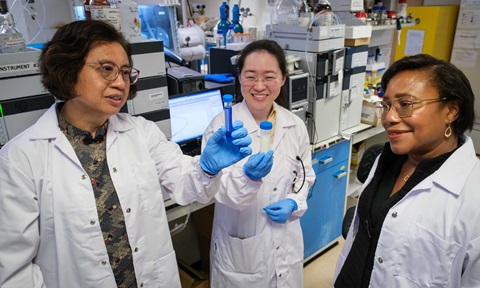Future-proofing wastewater treatment

Scientists at NTU Singapore have developed a technique to remove phosphorus from wastewater at higher temperatures than is possible using existing techniques, by using bacteria to absorb the chemical.
Current techniques to remove phosphorus do not work well above 25 degrees Celsius, which is a temperature that applies now in warm countries. This is expected to extend to more countries, with the advent of global warming.
The innovation, which is based on bacteria, would thus help to ‘future-proof’ the removal of the chemical. This is as the scientists have demonstrated that it has effectively removed phosphorus from wastewater at 30 degrees Celsius and 35 degrees Celsius.
Unlike current methods, the new procedure to remove phosphorus from wastewater does not involve chemicals, such as iron and aluminium coagulants. These existing methods produce a large volume of inert sludge that needs to be treated and disposed of afterwards.
The scientists will be carrying out further research to further improve the efficacy of their method. They are also looking towards using the bacteria to capture and store phosphorus, which some experts believe could be depleted globally within 50 to 100 years.


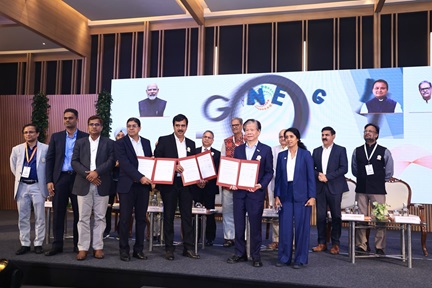
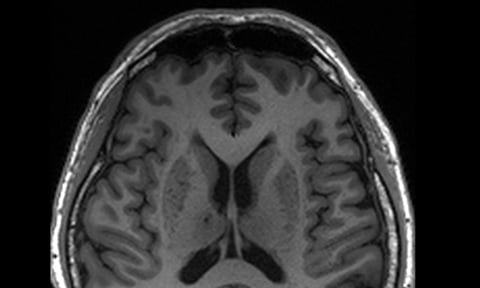
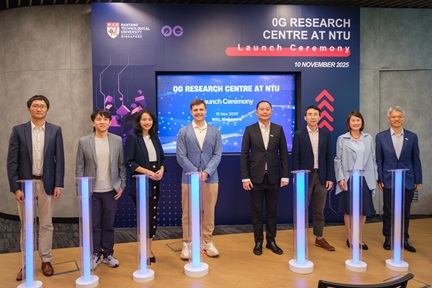
.tmb-listing.jpg?Culture=en&sfvrsn=cfde9c58_1)
